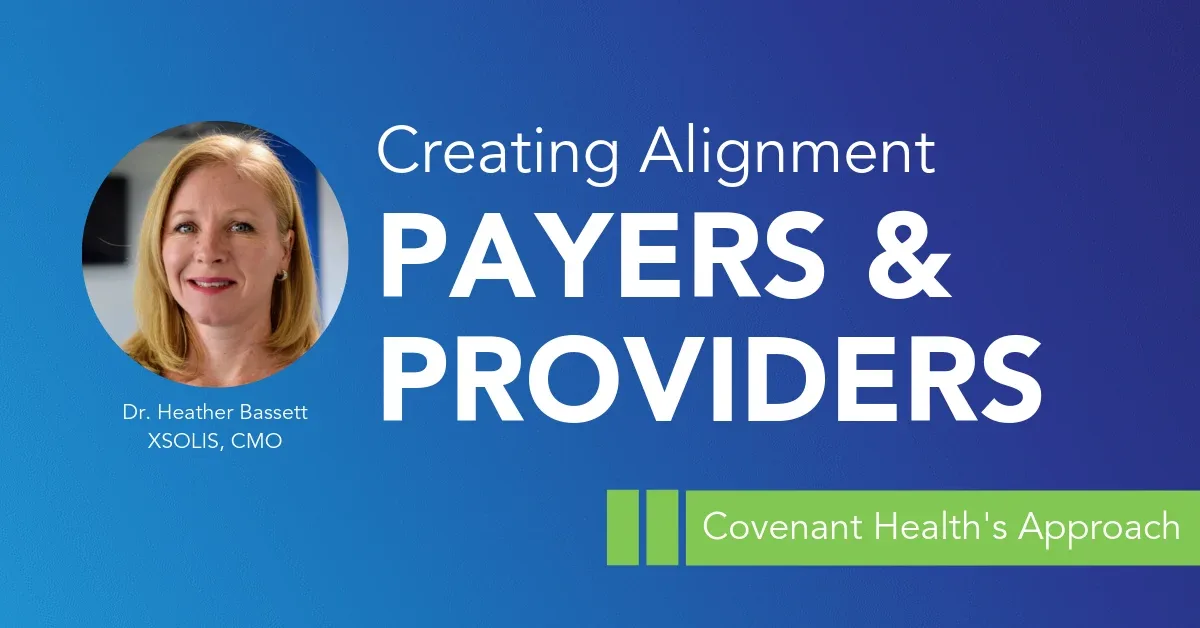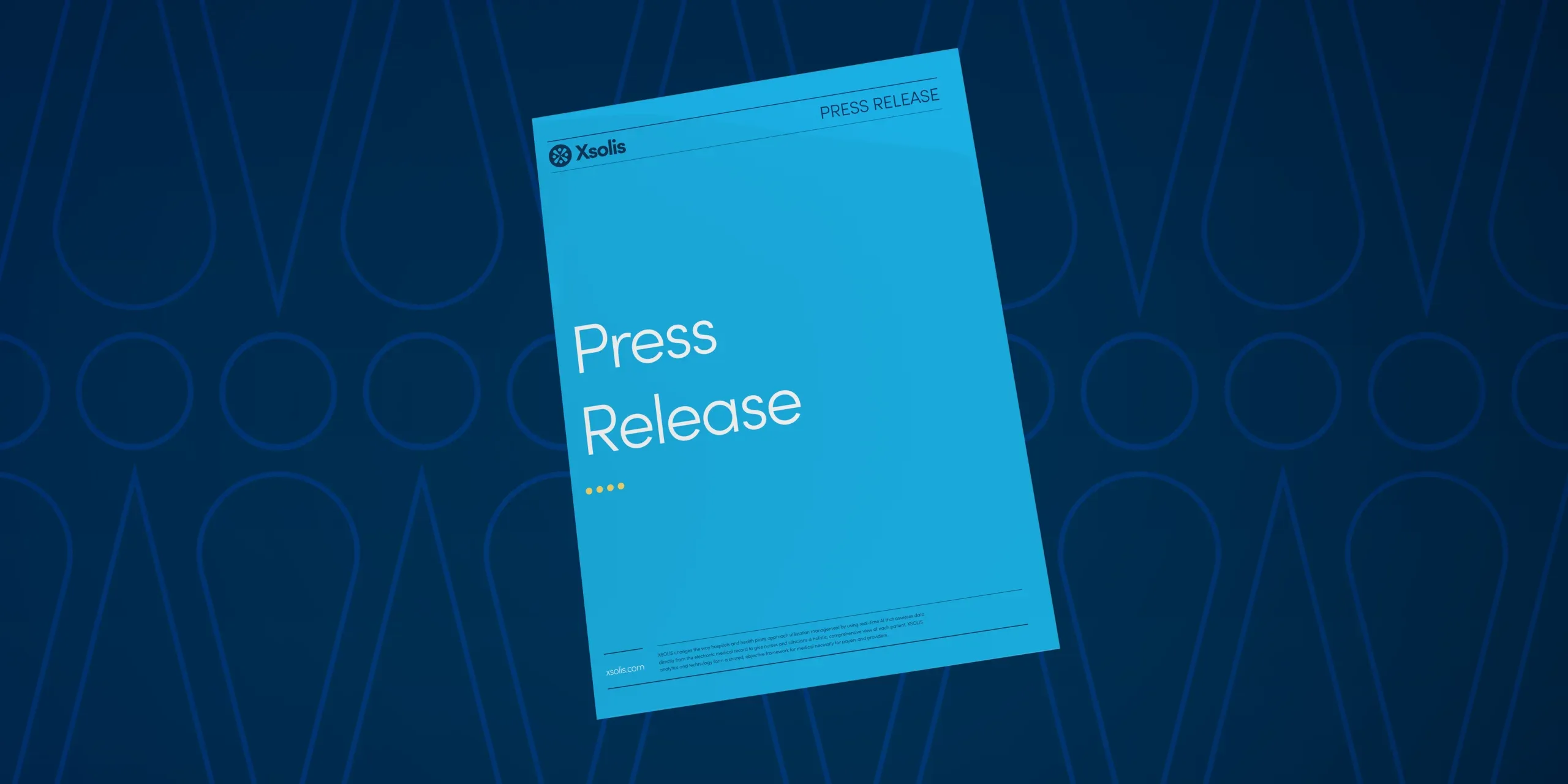A hospital CFO’s advice to improve bottom line and generate value
Jerry Yang speaks from his decade of experience across five different hospital systems. He offers a unique vantage point on the current healthcare industry challenges hospital Chief Financial Officers are facing, such as ensuring revenue integrity and addressing staffing shortages.









